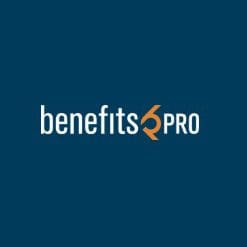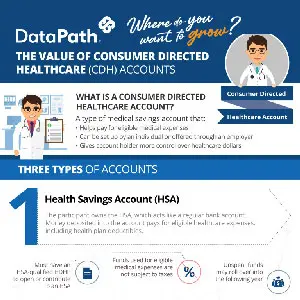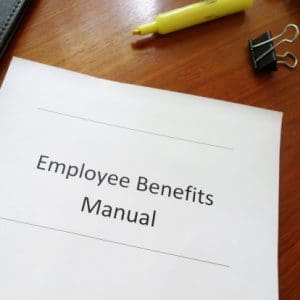Non-Discrimination Testing
Offering employee health benefits is a great way to attract and retain talent, but companies must follow strict regulations to ensure fairness to all employees. The IRS monitors highly compensated employees’ eligibility and compares that to benefits available to lower compensation employees. All health plans must undergo annual non-discrimination testing. Learn more below. What is Non-Discrimination Testing? IRS rules state that self-insured health plans cannot discriminate in favor of Highly Compensated Employees (HCEs) concerning eligibility or benefits.









